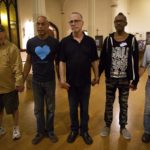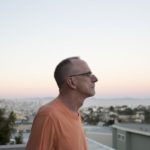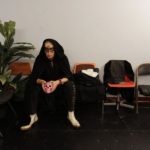Peter probably was infected within a few years, maybe even a few months, of his arrival in San Francisco. By the time he tested positive in 1985, he said, “the party was over.” In those days, a decade before drugs were developed that could arrest the disease, anyone who tested positive expected to die quickly, gruesomely. Doctors did little to discourage that thinking. Make the most of the little time you have left, patients were told.
“From that day on,” Peter said, “you’re always living with that in your head.”
Just a year earlier, Peter had started a travel agency in the Castro with a friend, Jonathan Klein. For a few years, theirs was a joyful, flourishing business catering to the gay community. As the AIDS epidemic grew, they began charting final trips for young clients who needed oxygen or wheelchairs to travel.
His doctor died of AIDS just months after Peter tested positive. Friends from high school and college died. In the Castro, where he lived and worked, men his age stooped over canes, withering away. Peter offered the spare bedroom in his apartment as a refuge for families and friends keeping vigil over loved ones.
“I saw one of the great world epidemics unfold in front of my eyes,” Peter said. “I have to carry that with me the rest of my life.”
Kevin tested positive for HIV. At 27, he felt he’d been handed a death sentence. Now 56, Kevin doesn’t have a job and rarely writes. He spends hours by himself in his apartment overlooking the Castro. Sometimes he’s there all day.
If he’d thought there was any chance he would outlive AIDS, he might have stayed in school. He might have saved for retirement or bought a home. Instead, he said, “I was preparing all that time to die.”

Just another WordPress site




